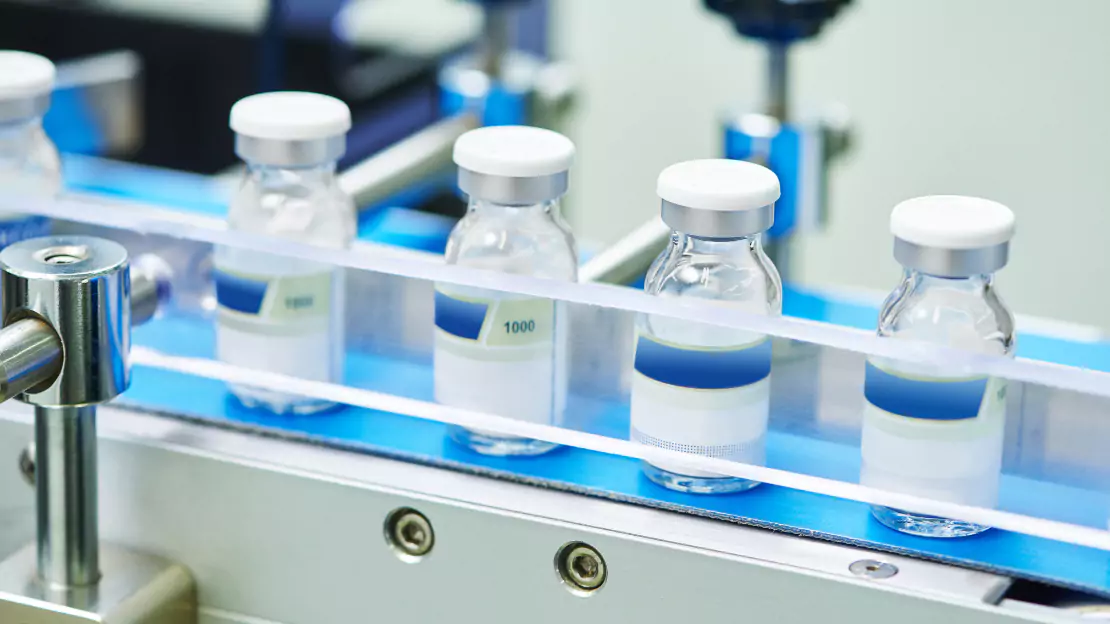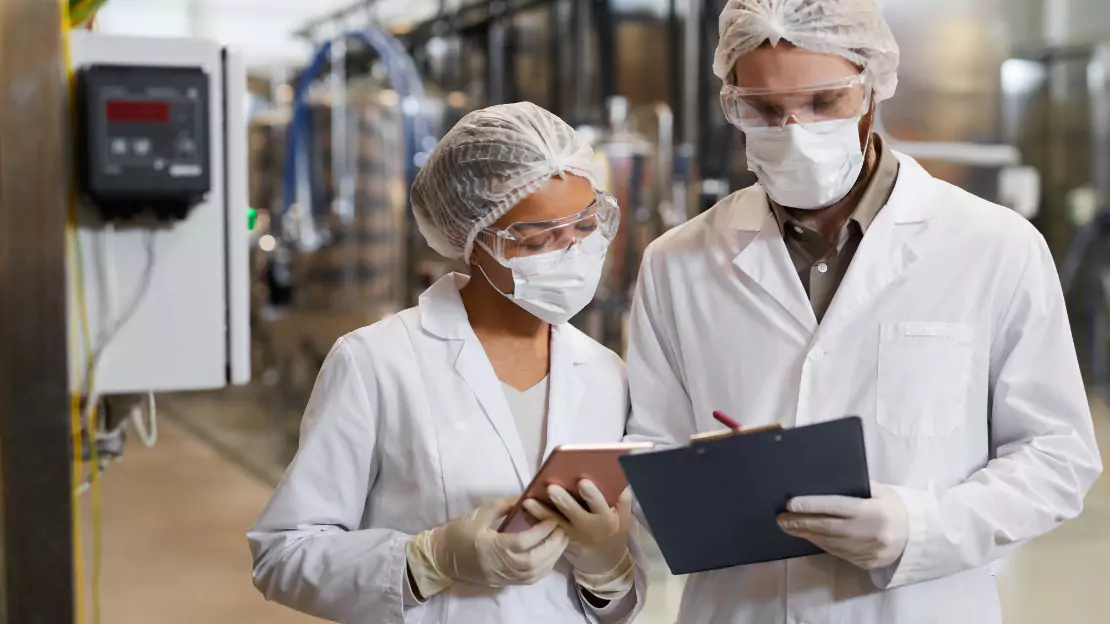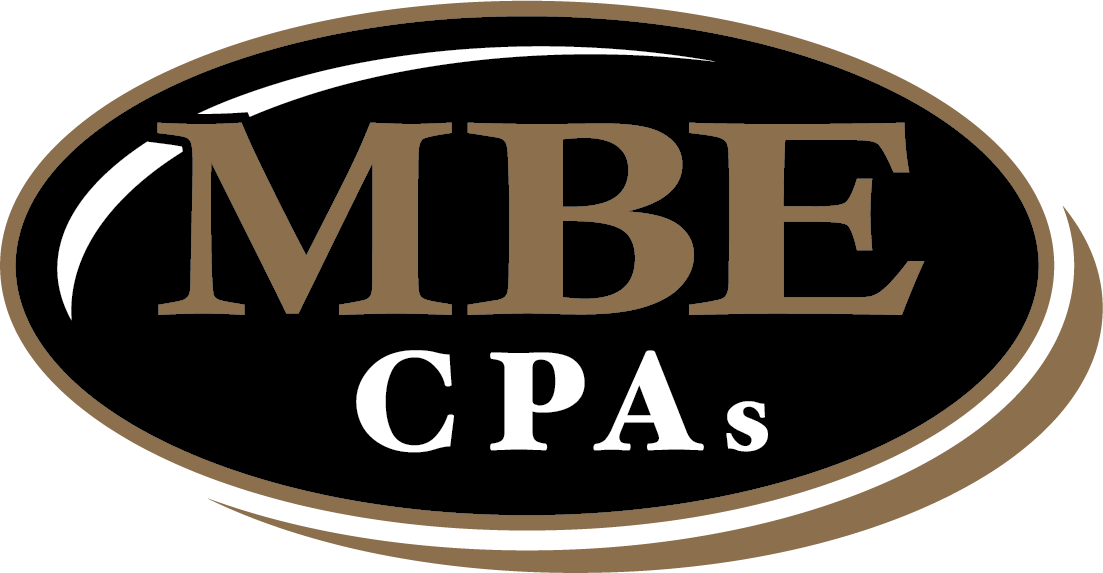A New Era of U.S. Pharma Innovation

Authored by: Glen Erdman — Director, EA | Date Published: July 29, 2025
Featured Topics:
Have you ever stopped to think about where the medications that keep us healthy, or even save lives, actually come from? For decades, much of the world’s pharmaceutical manufacturing has moved overseas, creating complicated global supply chains. But a change may be coming.
Drugmakers are now planning a $270 billion investment in US manufacturing and research and development over the next 5-10 years.
This commitment is largely driven by a revitalized focus on supply chain resilience, additionally motivated by lessons learned from recent global disruptions. Geopolitical pressures and the fear of costly tariffs are making domestic production an increasingly attractive imperative.
This blog will consider the implications of this investment, exploring the benefits it holds for the American economy, drug security, and innovation. We’ll also examine the possible challenges as the US aims to reclaim its role as a leading hub for pharmaceutical production.
What Are the Forces Behind the Investment Wave?
The decision by drugmakers to invest $270 billion in US manufacturing isn’t just a matter of economics. It’s a strategic move influenced by a combination of lessons to bring their operations closer to home.
As borders closed and manufacturing hubs locked down, the fragility of global supply chains became apparent. Shortages of critical medications, personal protective equipment, and raw materials identified an over-reliance on a limited number of foreign suppliers.
Local manufacturing company, Teel Plastics played a crucial role in addressing needs during the pandemic primarily by ramping up their production of swab sticks for COVID-19 testing kits.
Key Actions Teel Took:
- Production Increase: As an existing supplier of medical swab sticks, Teel dramatically boosted production, supported by U.S. Department of Defense (DoD) contracts.
- Rapid Facility Expansion: They quickly added numerous new injection molding lines and relocated extrusion lines to a new, larger Baraboo facility, becoming operational in record time (as little as four months).
- Workforce Growth: Teel hired a significant number of new production employees to staff the expanded operations.
- Diverse Medical Component Production: They produced components for respirators, oral hygiene products for ventilated patients, medical film winding cores, and disinfection sprayer components.
- Operational Adaptations: Manufacturing changes were implemented to enhance safety and efficiency, including limiting changeovers and restricting personnel movement between lines, alongside strict staff safety protocols like facility access limits and mask requirements.
- Strategic Partnerships & Government Support: Teel collaborated with companies like AEC & Aqua Poly Equipment Co. for equipment and received support from the DoD and Wisconsin Economic Development Corporation (WEDC) through contracts and tax credits.
Geopolitical Environment & Tariffs
Policymakers in the US are advocating for domestic manufacturing to strengthen national security. Tariffs on drugs manufactured overseas could significantly increase costs, making domestic production a more favorable option.
Supply Chain Resilience
By bringing manufacturing closer to home, pharmaceutical companies can significantly reduce lead times, transportation costs, and the risk of disruptions. A localized supply chain offers greater visibility and control over the entire production process.
FDA & Regulatory Alignment
US-based facilities often have closer oversight from the FDA, which can improve approval processes for new drugs and manufacturing changes. Additionally, these facilities maintain high production quality, foster trust with consumers and healthcare providers, and reduce the risk of quality control issues.
Innovation & Advanced Manufacturing
Technologies like continuous manufacturing lead to greater efficiency, reduced waste, and improved quality control. Other innovations, such as automation and artificial intelligence, are making pharmaceutical production more precise and cost-effective.

What Does This Investment Mean for the US?
This investment offers the chance for multiple positive impacts on the US. It has the opportunity to create direct and indirect job growth, particularly in high-skilled STEM fields, which would significantly contribute to the US GDP. The investment will lead to increased drug security and availability, reducing America’s reliance on foreign sources for essential medicines and Active Pharmaceutical Ingredients (APIs).
While initial costs may be higher, the long-term benefits of reduced transportation expenses and avoided tariffs could contribute to price stabilization in the future.
What Are the Challenges of Pharmaceutical Innovation?
While this investment promises a bright future for US pharmaceutical manufacturing, it does not come without challenges.
- Infrastructure Demands: This industry can be highly resource-intensive. New or expanded facilities will require a reliable supply of clean water, often in large quantities. They need sufficient electricity supply, as any power issues can lead to costly losses. These facilities also generate significant amounts of wastewater that must be treated to environmental standards before release.
- Workforce Development: Another challenge is building a skilled workforce to design, build, and operate these advanced facilities. There’s an ongoing challenge to bridge the skills gap between the current workforce and the growing requirements of modern pharmaceutical production. This will create a need for significant investment in STEM education at all levels.
- Regulatory Hurdles: Building new pharmaceutical manufacturing facilities in the US involves federal, state, and local requirements, including:
- Environmental permits,
- Zoning regulations, and
- Building codesThe process of getting a new facility approved by the FDA can take many years.
- High Operating Costs: US manufacturing can be more expensive than in other countries due to:
- High labor costs,
- Strict environmental regulations, and
- Energy costs
- Companies are working to offset these fees by adopting highly automated and efficient manufacturing processes. These will help to:
- Reduce labor needs,
- Leverage economies of scale,
- Optimize supply chains for domestic raw materials, and
- Pursue tax incentives or grants offered by federal and state governments
- Timeframe: This investment represents a long-term commitment, potentially spanning 5-10 years. While there will be immediate benefits in terms of construction jobs and initial economic activity, the full scope will take time.

A Promising Future for US Pharma
This large investment in the pharmaceutical industry is an important moment in US biomanufacturing. Essential for advancing healthcare innovations and reducing reliance on foreign production.
Manufacturers in other industries may also follow the example of pharmaceutical companies as a strategy for success. Some of the same lessons from the pandemic, evolving tariff policies, and supply chain considerations could potentially be applied and contribute to economic growth and increased global competitiveness.
MBE CPAs is your trusted partner for growth and success. Our team is committed to providing guidance and support in this evolving situation.
